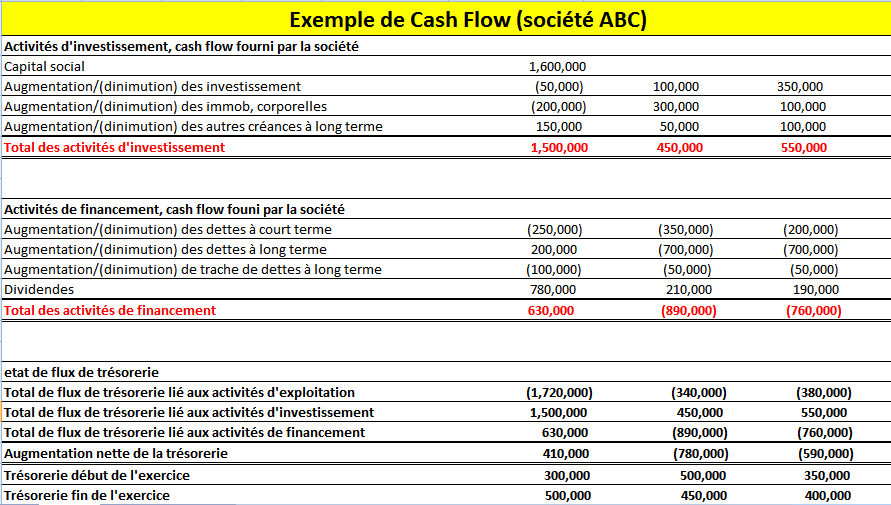

What Is the Definition of Annual Cash Flow? Positive cash flow indicates that more money is coming in than is going out, whereas a negative cash flow means you might find yourself in a bit of trouble covering your bills. In essence, businesses should think of their cash flow in the same way that an individual thinks of a personal checking account. This could be mortgage payments and rent for your business, taxes, fees, and cost of employee salaries, among a variety of other expenses. It’s one of the strongest indicators of the financial health of your business.Ĭash flow includes the income generated by consumers, clients, and subscribers who are purchasing your products and services, as well as the income generated by the collections from your accounts receivable department.Ĭash flow also includes the money being spent by your business through payments and expenses. “Cash flow” refers to the money that moves both in and out of your business each month. What is the difference between profit, cash flow, and revenue? How are they different? How do they relate? It’s important that business owners understand the difference between foundational terms. If your company is consistently in the red, you won’t remain in business long enough to worry about those other considerations. While it’s important that small business owners are aware of these other questions, it’s far more important that they’re aware of the amount of revenue coming into the company and the amount of cash being spent by the company. Perhaps the most important question that small business owners should be asking themselves, however, is related to cash flow. How much can the business afford to pay its employees? How much backstock should be kept? What kind of workspace best courts success? How much should be spent on marketing and branding? For those who are creating their own small business or startup, there are a lot of financial considerations that need to be reviewed.


 0 kommentar(er)
0 kommentar(er)
